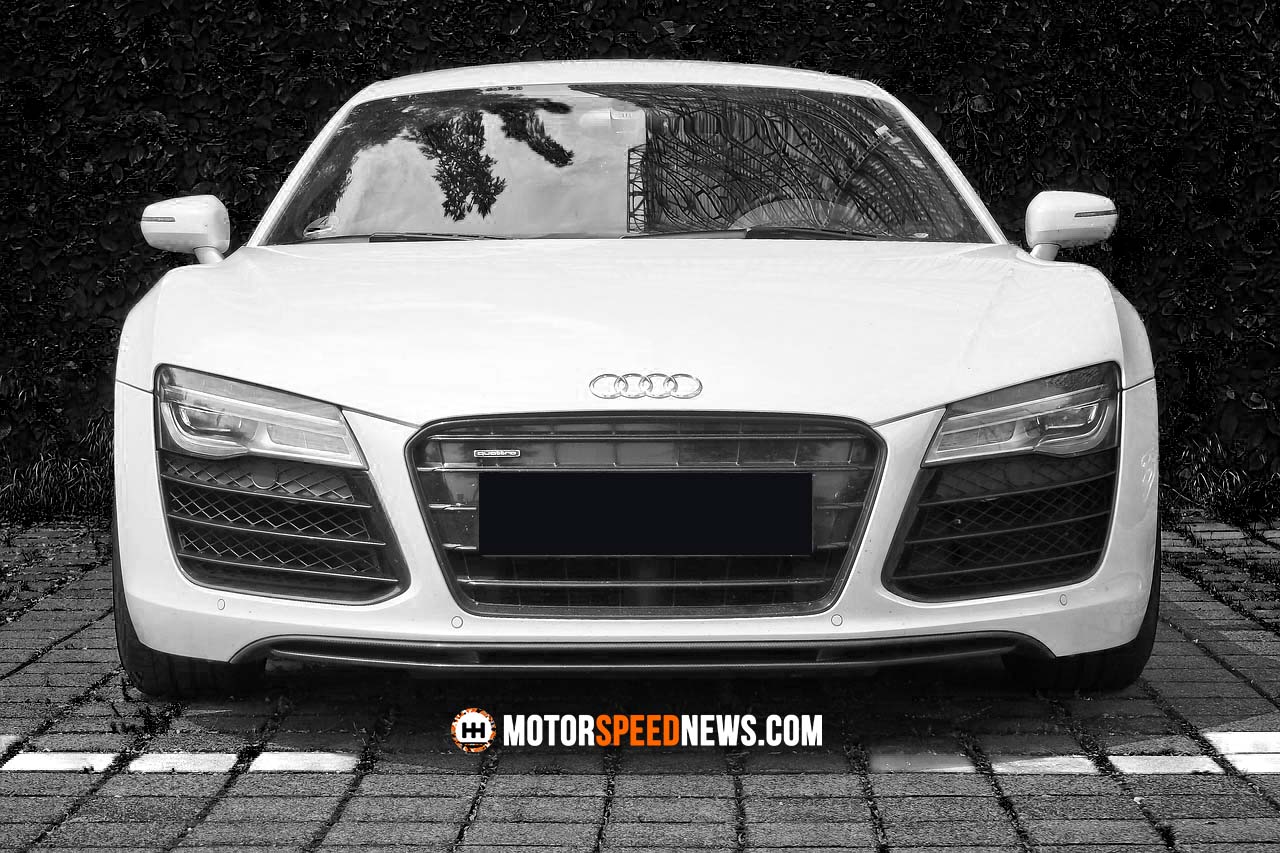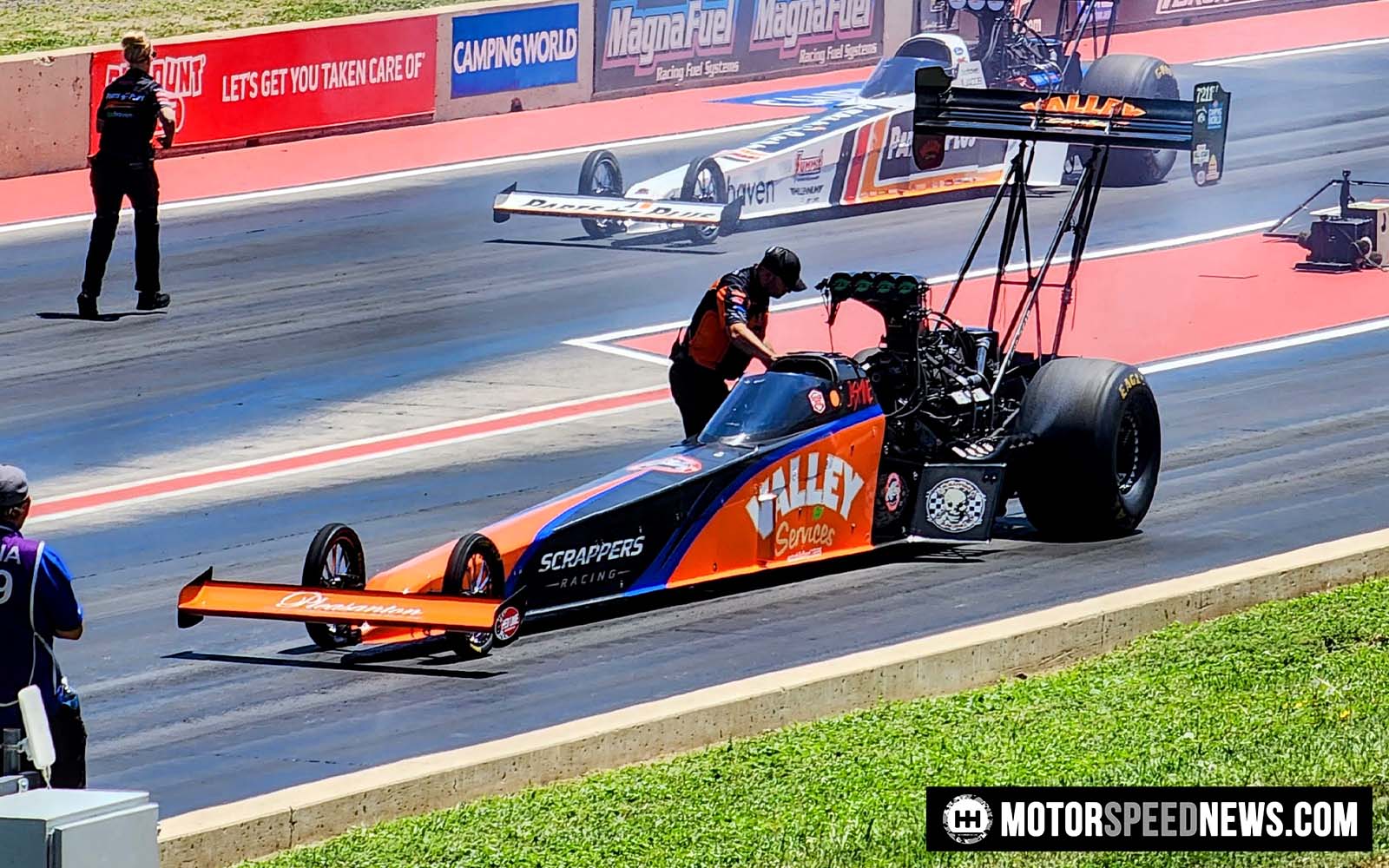Did you know that most of the gasoline sold in the United States includes up to 10% Ethanol? Engineering Explained on YouTube has shared a new study revealing a surprising truth about the Ethanol we have been encouraged to put in our vehicles.
New data from the University of Wisconsin – Madison, suggests that “the carbon intensity of corn ethanol is no less than gasoline and likely at least 24% higher.”
“Ethanol created from corn is renewable, because the corn takes carbon from the atmosphere to grow, creating a cycle that minimizes how much carbon is added to the atmosphere. At least, that’s the story we were told.”
ENGINEERING EXPLAINED
Ethanol rose in popularity largely due to the 2005 Renewable Fuel Standard, which aimed to reduce emissions from our fuels. This new study contradicts what we previously thought, which now begs the question: What do we do about it? If carbon emissions are as harmful as we think, it would be best to move away from Ethanol right?
Ethanol For Racing
A different reason to use ethanol is as an octane booster. This is the main reason alcohol-based fuel is used in drag racing, NASCAR, and other professional racing. Sports cars that run E85 (85% ethanol fuel) can get more horsepower out of their build. The ethyl alcohol (ethanol) has a higher octane content and is faster burning, meaning faster ignition times leading to more horsepower and increased torque. An engine running on high ethanol can produce upwards of 20% more power, than if it ran on gasoline alone. Higher octane also reduces the risk of knock or pre-ignition. In other words, sometimes there can be too much air and not enough fuel in each cylinder. This is not good. Using a higher octane fuel reduces this risk and helps protect the engine.
From YouTube:
It’s unfortunate that using ethanol for fuel is not as carbon-negative as we hoped it would be. Some even claim we knew this decades ago.
But it helps us produce more horsepower. And isn’t that what really matters?
Let’s hope the next generation of biofuels help us crank out even more power. 👍
Sources:
The Proceedings of the National Academy of Sciences (PNAS)
University of Wisconsin – Madison

Founder and Executive Editor for Motor Speed News.
Current Garage:
2002 Subaru Impreza WRX Wagon (302 whp)
2005 Toyota Tundra Limited
1986 Yamaha Virago XV1100









